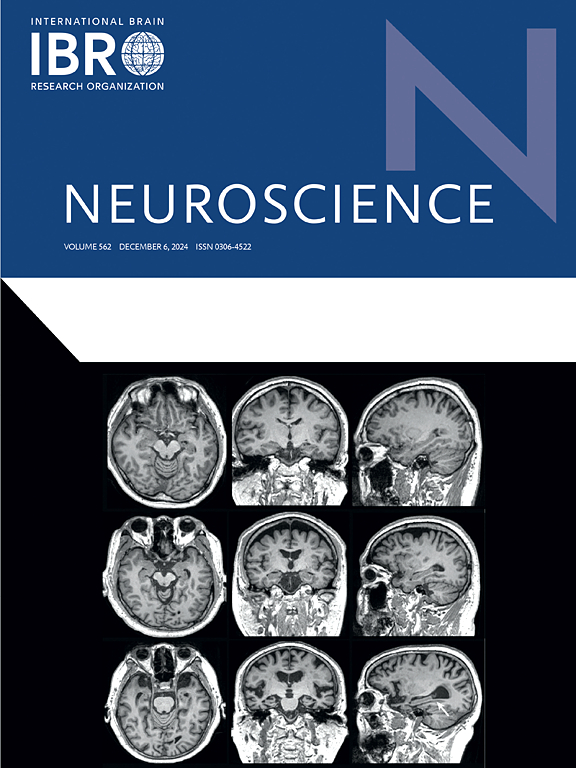Changes in cognitive function and functional brain networks in chemotherapy-exposed patients with breast cancer: A longitudinal study
IF 2.9
3区 医学
Q2 NEUROSCIENCES
引用次数: 0
Abstract
Despite the accumulating evidence on cognitive impairment in patients with cancer after chemotherapy, it remains unclear whether changes in cognitive function after chemotherapy are related to changes in brain function, because most of the previous studies were cross-sectional. Additionally, little is known regarding changes in functional brain network topological measurements (which quantify different features of brain network organization) after chemotherapy. Therefore, by applying graph theoretical analysis to resting-state functional magnetic resonance imaging data in a longitudinal study design, we investigated whether patients with breast cancer (n = 17) had changes in cognitive function and in topological properties of the functional brain network before and after chemotherapy (particularly within 6 months to 1 year after chemotherapy) and whether these changes were correlated. Patients exhibited a higher cognitive function (visual and spatial memory) and some network topological properties at a certain sparsity threshold after treatment, showing better memory function, network segregation, and small-worldness. We also observed a correlation between changes in the observed cognitive functions and network topological properties. These novel findings improve our understanding of the long-term effects of chemotherapy on cognitive function and functional brain network in patients with breast cancer, revealing part of the trajectories of changes after chemotherapy. Furthermore, these findings provide insights into cognitive and neural recovery and the associated neural mechanisms of network topological properties.
化疗暴露的乳腺癌患者认知功能和功能性脑网络的变化:一项纵向研究
尽管癌症患者化疗后认知功能受损的证据越来越多,但化疗后认知功能的改变是否与脑功能的改变有关尚不清楚,因为以往的研究大多是横断面的。此外,对化疗后功能性脑网络拓扑测量(量化脑网络组织的不同特征)的变化知之甚少。因此,我们采用纵向研究设计,对静息态功能磁共振成像数据应用图论分析,探讨乳腺癌患者(n = 17)在化疗前后(特别是化疗后6个月至1年内)认知功能和脑功能网络拓扑特性是否发生变化,以及这些变化是否相关。治疗后患者在一定稀疏度阈值下表现出较高的认知功能(视觉和空间记忆)和部分网络拓扑特性,表现出较好的记忆功能、网络隔离和小世界性。我们还观察到观察到的认知功能变化与网络拓扑特性之间的相关性。这些新发现提高了我们对化疗对乳腺癌患者认知功能和脑功能网络的长期影响的认识,揭示了化疗后的部分变化轨迹。此外,这些发现为认知和神经恢复以及网络拓扑特性的相关神经机制提供了见解。
本文章由计算机程序翻译,如有差异,请以英文原文为准。
求助全文
约1分钟内获得全文
求助全文
来源期刊

Neuroscience
医学-神经科学
CiteScore
6.20
自引率
0.00%
发文量
394
审稿时长
52 days
期刊介绍:
Neuroscience publishes papers describing the results of original research on any aspect of the scientific study of the nervous system. Any paper, however short, will be considered for publication provided that it reports significant, new and carefully confirmed findings with full experimental details.
 求助内容:
求助内容: 应助结果提醒方式:
应助结果提醒方式:


